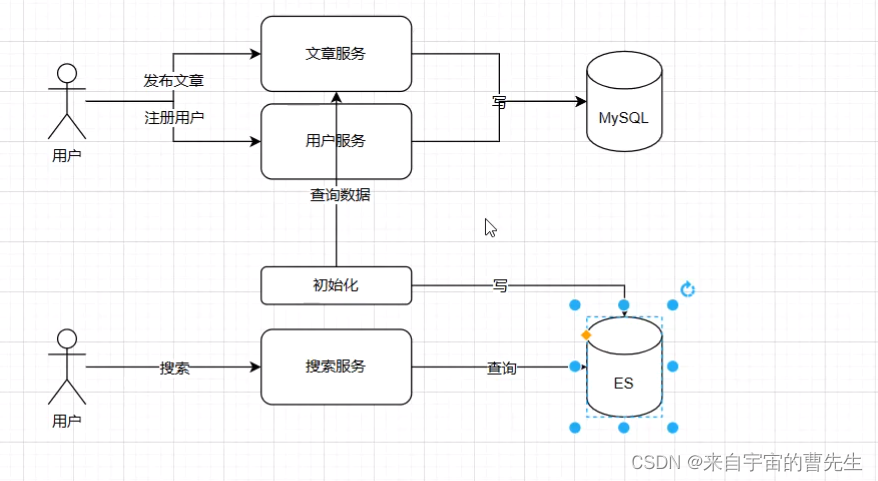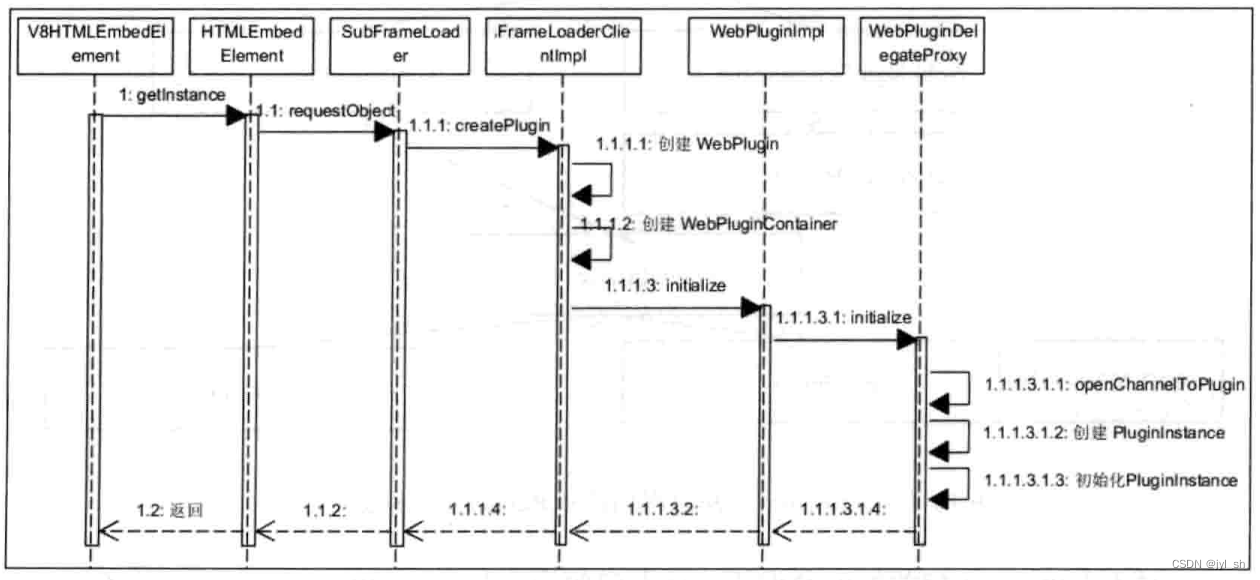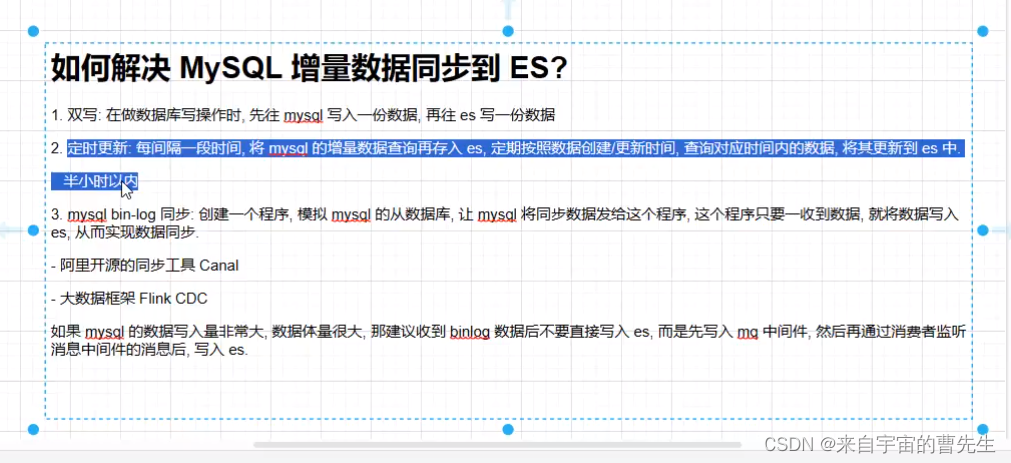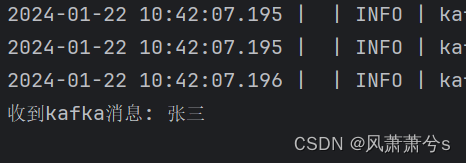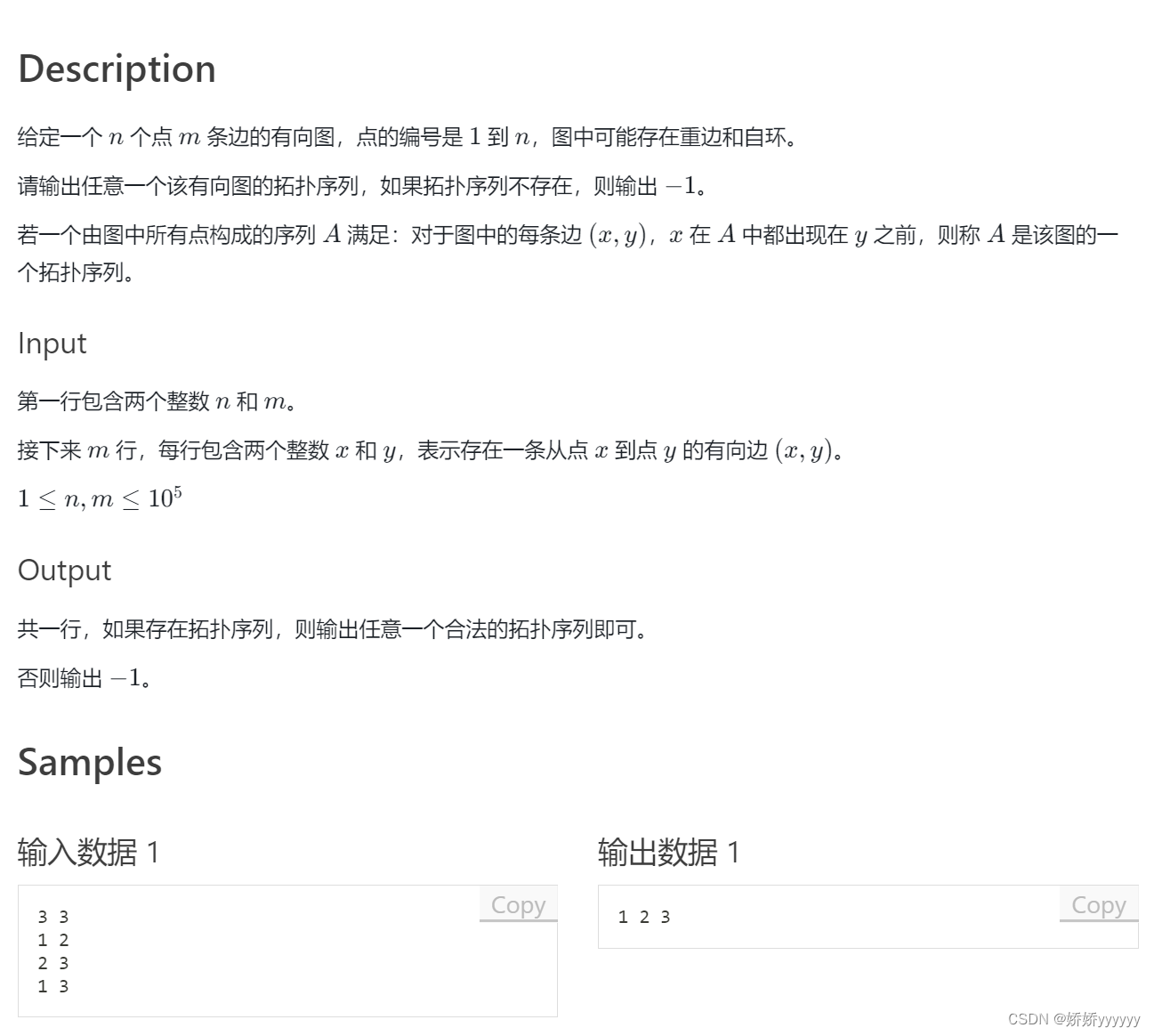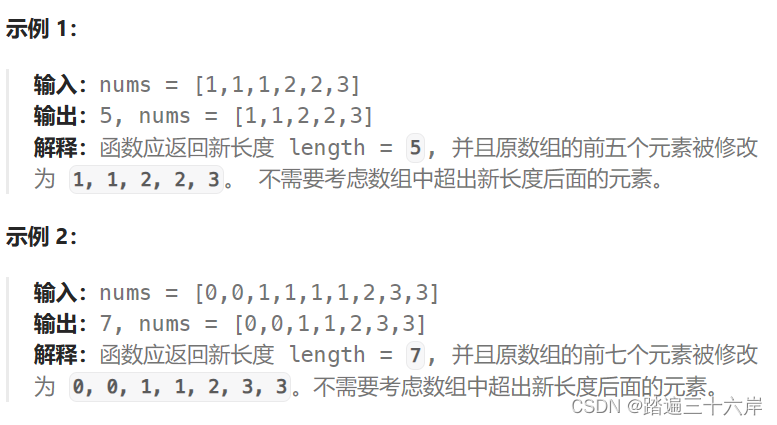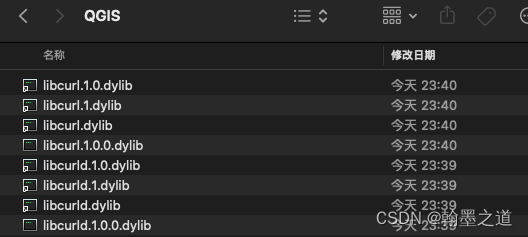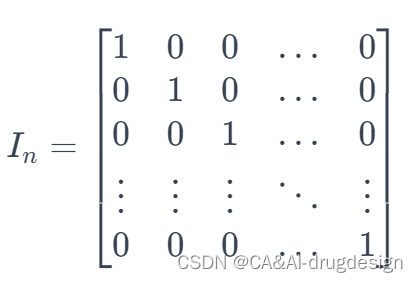文件操作:
c++中对文件操作需要包含头文件 < fstream >
文本文件:以ASCII码形式储存
二进制文件:以二进制文件储存(读不懂)
操作文件三大类:
读:ifstream ; 写:ofstream ; 读写:fstream
一.文本文件:
1.写文件:
步骤:
(1)包含头文件:#include <fstream>
(2)创建流对象:ofstream ofs;
(3)打开文件:ofs.open(“文件路径”,打开方式);
(4)写数据:ofs << “数据”;
(5)关闭文件:ofs.close();
文件打开方式:
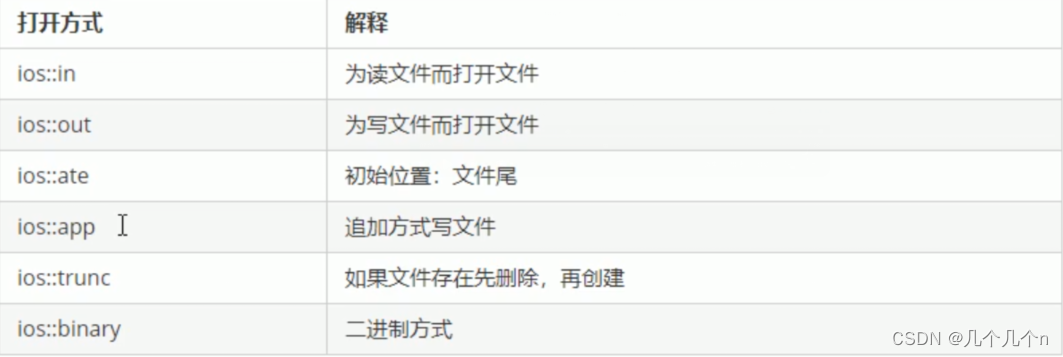
注:1.可用 | 操作符运用多种打开方式。
2.可在创建流对象的时候直接打开文件并指定打开方式:
ofstream ofs("test.txt", ios::out | ios::binary);例:
void test01()
{
ofstream ofs;
ofs.open("test.txt", ios::out);//不写路径,默认创建在与代码项目同文件夹
ofs << "hello world" << endl;
ofs << "hello world" << endl;
ofs.close();
}2.读文件:
步骤:
(1)包含头文件:#include <fstream>
(2)创建流对象:ifstream ifs;
(3)打开文件,并判断是否打开成功:
ifs.open(“文件路径”,打开方式);
ifs下有一 is_open 函数,返回bool类型值。
if (!ifs.is_open())//这里取反
{
cout << "文件打开失败" << endl;
return;
}(4)读数据:四种方式。
(5)关闭文件:ifs.close();
读文件的四种方式:
a.第一种:char[ ] + ifs >>
char buf[1024] = { 0 };
while (ifs >> buf)//按空格和回车循环
{
cout << buf << endl;
}b.第二种:char[ ] + ifs.getline()
char buf[1024] = { 0 };
while (ifs.getline(buf, sizeof(buf)))//按行循环
{
cout << buf << endl;
}c.第三种:string + getline()
string buf;
while (getline(ifs, buf))
{
cout << buf << endl;
}d.第四种:char + ifs.get() (不推荐)
char c;
while ((c = ifs.get()) != EOF)
{
cout << c;
}二.二进制文件:
指定打开方式为:ios::binary
1.写文件:
调用流对象的成员函数 write(const char*,写入最大字符数)
例:
class Person
{
public:
char m_Name[64];
int m_Age;
};
void test03()
{
ofstream ofs("test.txt", ios::out | ios::binary);
Person p = { "张三",18 };
ofs.write((const char*)(&p), sizeof(Person));
ofs.close();
}2.读文件:
调用流对象的成员函数 read(char*,读出最大字符数)
class Person
{
public:
char m_Name[64];
int m_Age;
};
void test04()
{
Person p;
ifstream ifs;
ifs.open("test.txt", ios::in | ios::binary);
if (!ifs.is_open())
{
cout << "文件打开失败" << endl;
return;
}
ifs.read((char*) & p, sizeof(Person));
cout << p.m_Name << " " << p.m_Age << endl;
}